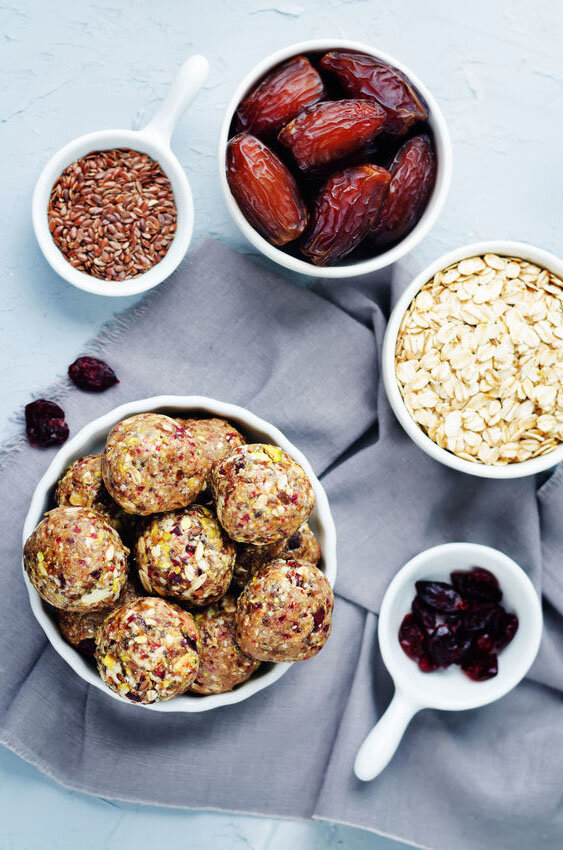Dried Dates
Quality bulk dried dates for wholesalers, distributors, suppliers and importers
Dried Dates – Natural Sweetness and Energy in Every Bite
Dried dates are the naturally preserved form of the date palm fruit (Phoenix dactylifera), cherished for their rich caramel flavor, chewy texture, and exceptional health benefits. Grown in hot, arid regions, dates have been a staple food in Middle Eastern, North African, and South Asian cultures for thousands of years.
Naturally high in fiber, potassium, and iron, dried dates are ideal for:
- Boosting energy naturally,
- Supporting digestion,
- Managing blood sugar,
- And promoting heart and bone health.
They contain no added sugars or preservatives and are available in a wide variety of types, textures, and sizes, including soft, semi-dry, and dry formats. Dried dates are used globally as a healthy snack, a natural sweetener, or a functional ingredient in baking, energy bars, and plant-based products.
What Are Dried Dates? A Complete Guide for Buyers and Importers
Dried dates are sun-ripened or dehydrated fruits from the date palm tree (Phoenix dactylifera), harvested and processed to retain their natural sweetness, nutrition, and shelf life. Known as one of the world’s oldest cultivated fruits, dates have played a vital role in nutrition, trade, and cultural rituals for over 5,000 years.
✅ Health Benefits of Dried Dates
Dried dates are a nutrient-dense superfruit loaded with:
- Natural sugars (glucose, fructose, sucrose) for energy
- Dietary fiber to support digestion and regulate appetite
- Potassium, magnesium, and iron for heart, bone, and blood health
- Vitamin B6 and antioxidants like polyphenols and flavonoids
They are fat-free, cholesterol-free, low in sodium, and suitable for vegan, gluten-free, and clean-label product lines.
🍽️ Common Uses of Dried Dates
Dried dates are extremely versatile in culinary and industrial applications:
- Healthy snack packs
- Baking: cakes, cookies, bars
- Energy bars and sports nutrition
- Breakfast cereals and granola
- Natural sweeteners: date paste, syrup, sugar substitute
- Confectionery, sauces, chutneys, and plant-based desserts
Their sticky texture also makes them an excellent natural binder in clean-label recipes.
🌍 Leading Origins of Export-Quality Dried Dates
| Country | Specialty Varieties | Notes |
|---|---|---|
| 🇪🇬 Egypt | Siwi, Zaghloul | Largest producer by volume |
| 🇮🇷 Iran | Mazafati, Kabkab, Zahedi | Known for soft and semi-dry dates |
| 🇸🇦 Saudi Arabia | Ajwa, Sukkary, Safawi | High-end religious and retail markets |
| 🇹🇳 Tunisia | Deglet Noor | Key global exporter |
| 🇩🇿 Algeria | Deglet Nour | Similar to Tunisian product |
| 🇦🇪 UAE | Khalas, Lulu | Gulf region specialties |
| 🇵🇰 Pakistan | Aseel, Karblain | Semi-dry dates for processing |
| 🇴🇲 Oman | Fardh, Khasab | Naturally dried on the tree |
| 🇮🇶 Iraq | Khastawi, Zahidi | Soft date varieties for processing |
🗓️ Global Harvest Calendar for Dried Dates
| Region | Harvest Season | Processing Method |
|---|---|---|
| Middle East | August – November | Mostly sun-dried on tree |
| North Africa | September – November | Controlled dehydration |
| South Asia | July – September | Shade-drying and machine-dried |
| Iran & Iraq | August – October | Soft to semi-dry varieties |
📏 Sizes & Varieties
Dates vary by size, shape, and moisture content:
- Soft dates: Medjool, Mazafati
- Semi-dry: Deglet Noor, Zahidi, Aseel
- Dry: Thoory, Dayri
Formats include:
- Whole pitted / unpitted dates
- Chopped dates
- Date paste
- Date powder (natural sugar alternative)
📦 Packaging Options for Bulk & Retail
➤ Bulk Packaging (for B2B / industrial use):
- 5 kg, 10 kg, 12.5 kg, 15 kg, 20 kg cartons
- Vacuum-sealed blocks
- Pitted or unpitted
- Chopped or paste in food-grade pouches or liners
➤ Retail Formats (customizable):
- 200 g / 500 g / 1 kg stand-up pouches
- Clamshell containers or flow-wrapped trays
- Private label options with organic, non-GMO, or Halal certification
Saudi Arabia produces more dates than any other nation
Dates grow on a type of palm
ripe fruit before drying
dates are a nutritionists favorite








